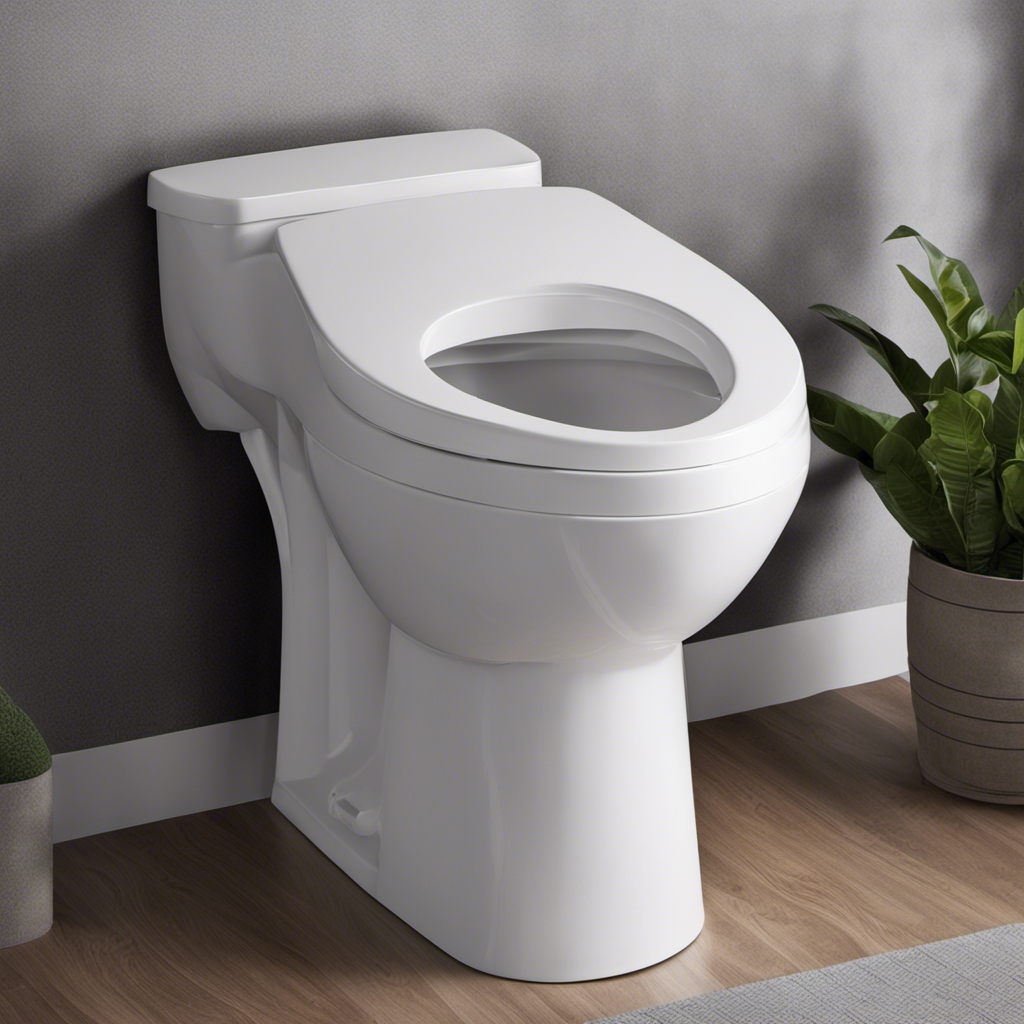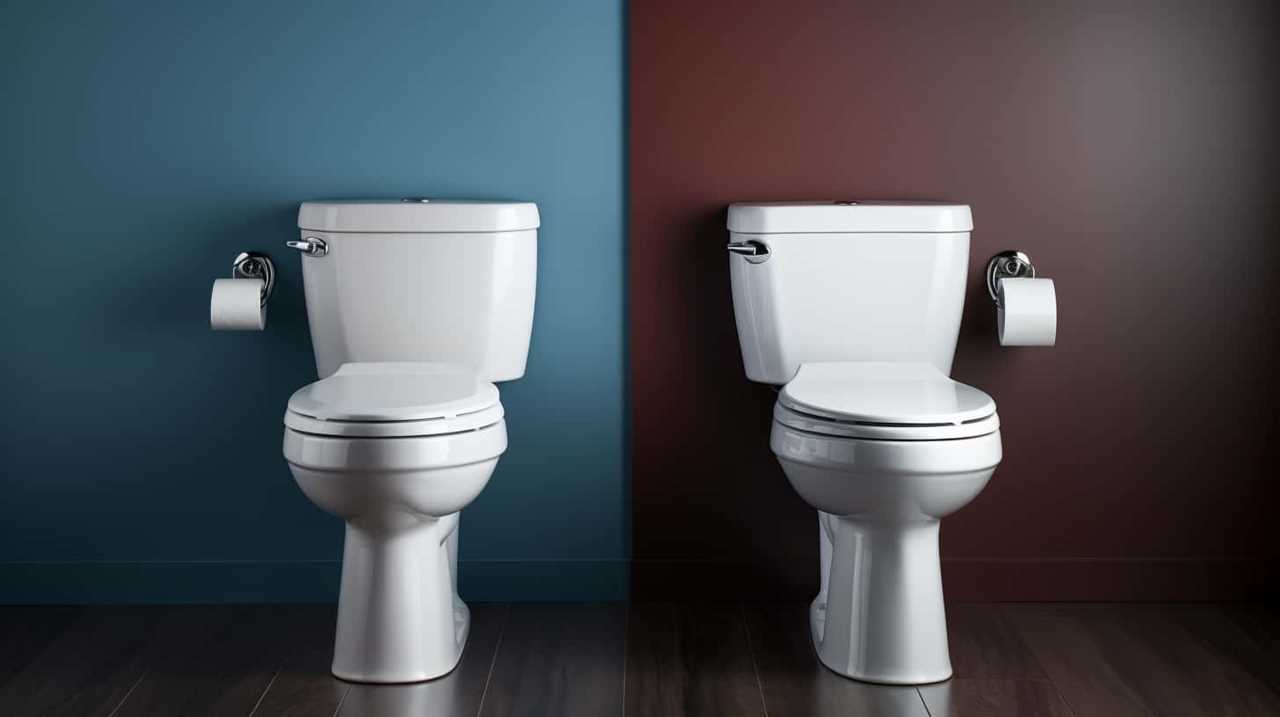Have you ever pondered why it is not advisable to flush fish down the toilet? It’s as challenging as attempting to force a square peg into a round hole.
In this article, we will explore the scientific reasons behind this seemingly simple question. By understanding the potential harm to aquatic life, the risk of disease transmission, and the negative impact on sewage treatment systems, we can make more responsible choices when it comes to disposing of unwanted fish.
Let’s dive in and explore the environmental consequences of flushing fish and the alternatives available to us.
Key Takeaways
- Flushing fish down the toilet has significant environmental impacts such as polluting water sources, disrupting ecosystems, threatening native species, and altering the balance of aquatic life.
- Health risks associated with flushing fish down the toilet include the introduction of diseases into the water system, spread of parasites and pathogens, contamination of drinking water sources, potential harm to human health, and antibiotic resistance in water bodies.
- There are alternatives to flushing fish down the toilet, such as rehoming them through online platforms, local fish clubs, seeking interested friends and family members, donating them to educational institutions or aquariums, and contacting local pet stores or fish breeders.
- Proper fish disposal methods include humane euthanasia using clove oil or anesthetic, freezing the fish before disposal, burying them in the garden or using a compost bin, contacting local waste management facilities for guidance, and following specific disposal regulations set by authorities.
- Responsible fish ownership is essential and involves researching fish species before purchasing, providing appropriate tank size and conditions, regular maintenance and cleaning of tanks, monitoring water quality parameters, and seeking professional advice when needed.
Potential Harm to Fish and Other Aquatic Life
We must understand that flushing fish down the toilet can cause significant harm to a multitude of fish and other aquatic life. When fish are flushed, they enter a completely different environment than what they’re adapted to. The sudden change in temperature, pH levels, and nutrient availability can lead to stress and ultimately death for these organisms.
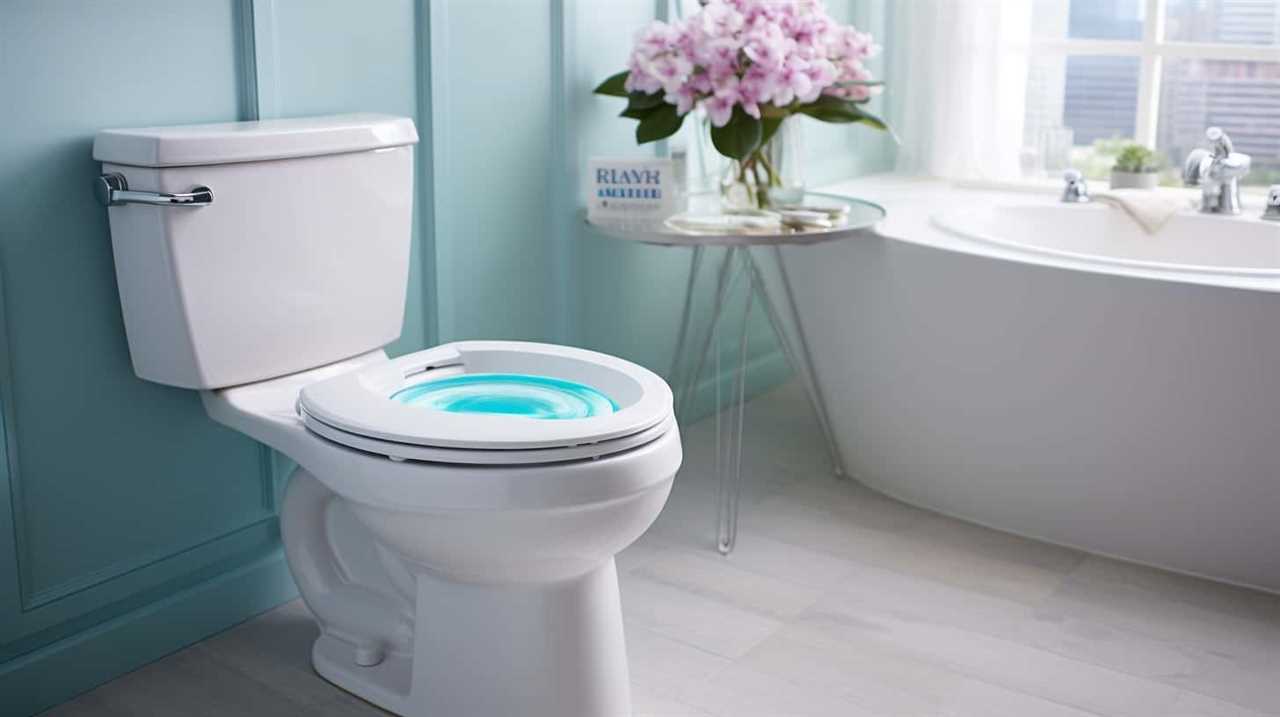
Moreover, the introduction of non-native species into local ecosystems can have devastating effects on the existing biodiversity. These introduced fish can outcompete native species for resources, disrupt food chains, and even transmit diseases.
From an ethical perspective, it’s our responsibility to respect the lives of these aquatic creatures and consider the impact on local ecosystems. Flushing fish down the toilet is a thoughtless action that can have profound consequences and should be avoided at all costs.
Risk of Disease Transmission
Flushing fish down the toilet poses a risk of transmitting diseases to both aquatic organisms and potentially to humans as well. This is because fish can carry various pathogens and parasites that can survive in the sewage system and contaminate water sources.
Here are three reasons why this poses public health concerns and contributes to the spread of antibiotic resistance:
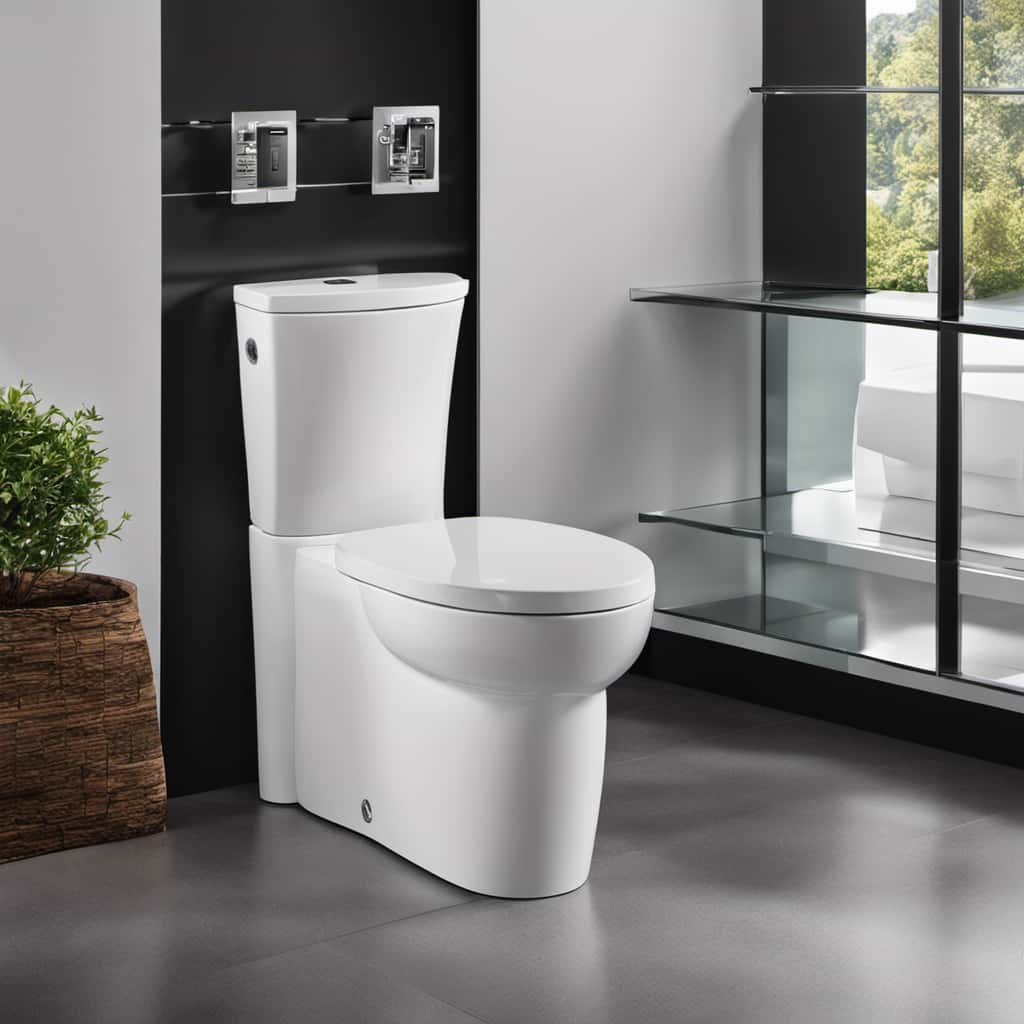
- Pathogen transfer: Fish that are flushed down the toilet can introduce harmful bacteria, viruses, and parasites into the sewage system. These pathogens can then be transmitted to other aquatic organisms, leading to the potential spread of diseases within the ecosystem.
- Antibiotic resistance: Some fish may have been treated with antibiotics during their life cycle. When these fish are flushed down the toilet, the antibiotics can enter the sewage system and contribute to the development of antibiotic-resistant bacteria, posing a risk to public health.
- Water contamination: If the sewage isn’t properly treated, the pathogens and antibiotics from the flushed fish can enter water bodies such as rivers and lakes, contaminating the water supply and potentially affecting human health.
The risk of disease transmission from flushing fish down the toilet underscores the importance of proper disposal methods and the negative impact it can have on sewage treatment systems.
Negative Impact on Sewage Treatment Systems
The improper disposal of fish by flushing them down the toilet can have a detrimental effect on sewage treatment systems.
When fish are flushed, they enter the sewage system and can cause several problems.
Firstly, the impact on plumbing systems can be significant. Fish, especially larger ones, can get stuck in pipes, leading to clogs and blockages. This not only affects the flow of wastewater but also increases the risk of pipe damage and costly repairs.
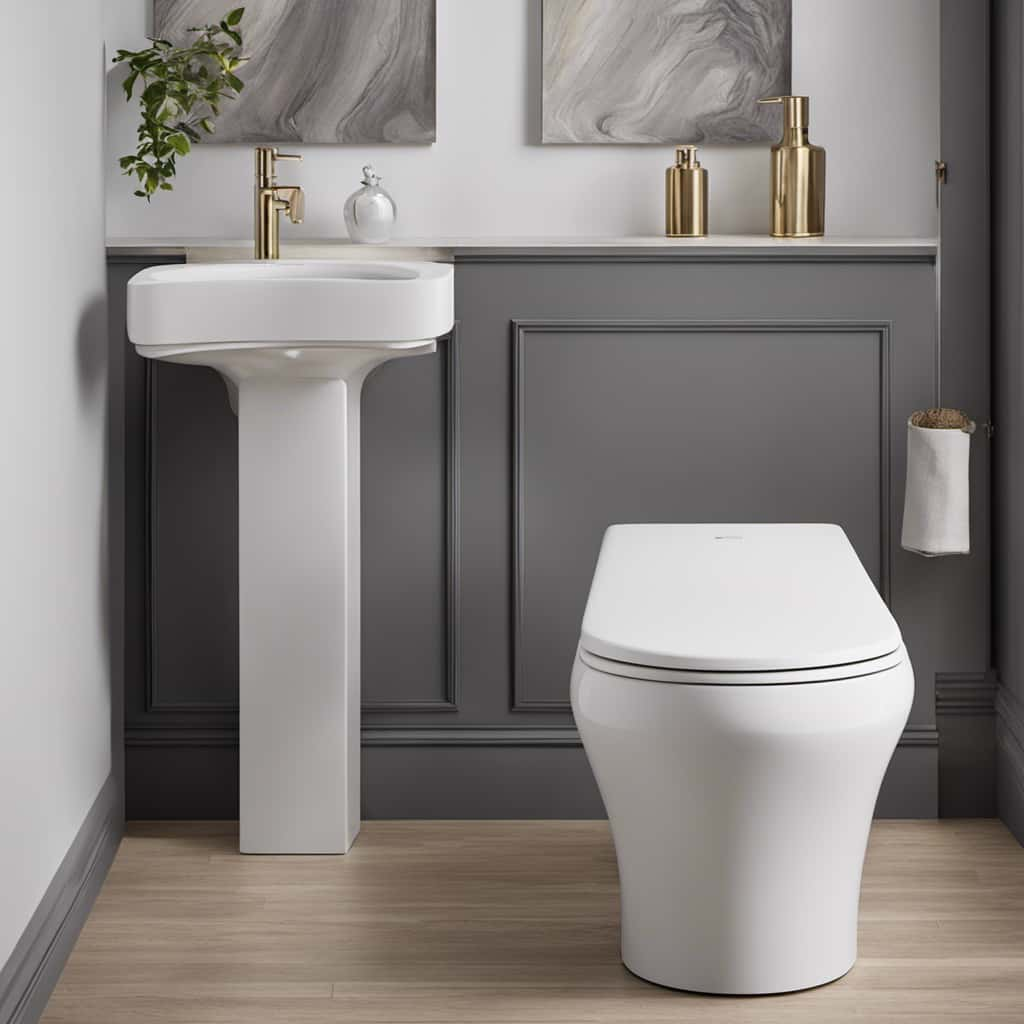
Additionally, fish introduce organic matter into the sewage system, which can disrupt the balance of bacteria responsible for breaking down waste. This can result in reduced efficiency of sewage treatment processes and potentially lead to odors and other issues.
Due to these concerns, many jurisdictions have implemented legal restrictions on flushing fish to protect sewage treatment systems.
Environmental Consequences of Flushing Fish
One of the environmental consequences of flushing fish down the toilet is that it can disrupt aquatic ecosystems. This ecological disruption occurs due to several factors related to water pollution.
Imbalance in nutrient levels: Fish waste contains high levels of nitrogen and phosphorus, which are essential nutrients for aquatic organisms. However, excessive amounts of these nutrients can lead to eutrophication, causing harmful algal blooms and oxygen depletion in the water.

Introduction of non-native species: Flushing live fish introduces non-native species into natural water bodies, which can outcompete native species for resources. This can disrupt the balance of the ecosystem and lead to the decline or extinction of native species.
Spread of diseases: Fish carry various diseases and parasites. When flushed down the toilet, these pathogens can enter waterways, infecting other aquatic organisms and potentially causing disease outbreaks.
Responsible Alternatives for Disposing of Unwanted Fish
We can responsibly dispose of unwanted fish by considering alternative methods.
One such method is through donation programs and fish rehoming. Donation programs allow individuals to give their unwanted fish to organizations or individuals who are willing and able to care for them. These programs often work closely with aquariums, pet stores, or fish enthusiasts who are looking to expand their collections.

Fish rehoming, on the other hand, involves finding a new home for the fish where it can thrive and be properly cared for. This can be done through online platforms, local fish clubs, or even by reaching out to friends and family who may be interested in adopting the fish.
Frequently Asked Questions
Can Flushing Fish Down the Toilet Harm Other Animals in the Water?
Flushing fish down the toilet can have a negative impact on aquatic ecosystems. It can introduce diseases to other animals in the water, potentially causing a chain reaction of harm.
Is There a Risk of Getting Sick From Flushing Fish Down the Toilet?
There are significant risks of disease transmission and negative impact on local ecosystems when flushing fish down the toilet. It is crucial to understand the potential harm and seek alternative methods for fish disposal.
How Does Flushing Fish Affect the Sewage Treatment Systems?
Flushing fish down the toilet has a significant impact on water quality and can potentially cause damage to sewage infrastructure. It is important to understand how this action affects the sewage treatment systems to prevent such consequences.

What Are the Environmental Consequences of Flushing Fish Down the Toilet?
Flushing fish down the toilet can have severe environmental consequences. It can lead to ecosystem impacts and water contamination. It is important to understand the risks involved and dispose of fish properly to protect our environment.
What Are Some Responsible Alternatives for Disposing of Unwanted Fish?
When considering the responsible disposal of unwanted fish, it is important to explore rehoming options and ethical considerations. By finding suitable homes or contacting local aquatic centers, we can ensure the well-being of these aquatic creatures.
Conclusion
In conclusion, it’s important to understand that flushing fish down the toilet can have serious consequences for both aquatic life and our environment. Not only can it harm fish and other aquatic organisms, but it can also introduce diseases and disrupt sewage treatment systems. As a responsible alternative, consider finding a suitable home for unwanted fish or donating them to schools or aquariums. By taking these actions, we can ensure the well-being of our ecosystems and protect the delicate balance of nature.
For example, a case study conducted in a city’s sewage treatment plant revealed that the presence of flushed fish caused a significant decrease in the efficiency of the treatment process, leading to increased costs and potential environmental pollution.




